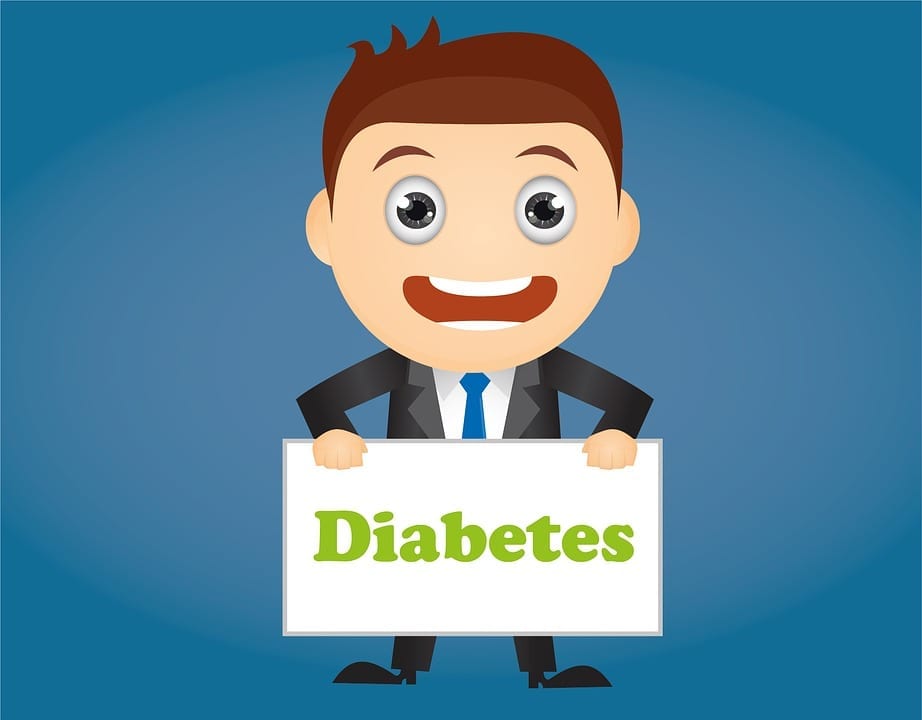A common belief is that diabetes is a disease of sugar and, only fat or old people and children of diabetic parents are more vulnerable. It may not always be true, for the current knowledge indicates the contrary! As always believed, diabetes does not affect the rich alone. The World Health Organisation identifies one particular type of diabetes as the Malnutrition Related Diabetes Mellitus which is common in our country and other developing countries. Mostly lean and young people between 15 and 35 are affected with this diabetes. Though MRDM is often reported in Kerala and Orissa, it is not at all unique to those two states and is widely seen among underprivileged people all over the country. Diabetes as always believed is not a disease of the well fed and rich alone. In fact almost two-thirds of the people with diabetes in our country are either of normal weight or even lean.
In the last two decades, diabetes has been increasingly diagnosed in more and more young adults. Usually diabetes affects people after 40, but of late it is not unusual to come across many young adults between 25 and 35 with diabetes. This confuses the clear identification of the two major types of diabetes. The first type of diabetes occurs before thirty and more often requires insulin injections for control of blood glucose. Whereas, the second type affects people after thirty years age, and they do not always require insulin for control. However, these clear distinctions seem to be blurred, as more and more adults between 30 and 40 years are also in need of insulin injections. What could be the reason for diabetes affecting the young more now than ever before? Is it the stress, physical inactivity, changing lifestyles or diet? Definitely ‘yes’ to all these.
Living has been very fast and mechanical. Everyone rushes to work and for working women, it is much more strenuous. She has to perform her household chores of cooking and getting the children ready to school, and then rushing to her work. All these jobs to be done within a short time gives her no time for exercise or peace of mind. Naturally with all this rush, more stress hormones are released and continue to be at higher levels in blood. These hormones are the power reservoirs of the human body meant for immediate rise in blood glucose for a short while. But long periods of stress keep blood glucose always at higher levels and thus day to day psycho-social stress plays an important role in diabetes.
Adding to ill effects of inactivity, fast foods crept into our lives which are high in calories and fat. Naturally diet input is higher than output leading to overweight and obesity. So the psycho-social stress, changing lifestyle and fast foods, put together lead to higher chances of developing diabetes. Even a person without a family history of diabetes is also prone to develop diabetes due to these risk factors. Diabetes is a derangement of not only sugar, but also fat and protein metabolism which we mostly ignore. Whatever may be the food we consume, let it be rice, wheat or other cereals, any pulses, vegetables or fruits, or meats after digestion and absorption, can be converted to sugar in blood.
In fact, almost all sugar in the blood over a period of at least 12 hours in a day is provided by conversion from proteins and fats. Sugars or the carbohydrates we eat, can provide glucose to blood for two hours only and definitely not more than five hours following a snack or a meal. We need insulin to convert all this glucose to energy. As previously believed diabetes is not always due to lack of insulin but it results from ineffective insulin which we call insulin resistance. To compensate this, insulin production is increased by the pancreas gland in a person with diabetes. Actually, there is more insulin in most diabetics than usually necessary for normal metabolism. It means there is scarcity amidst plenty. As overweight or obesity is the main cause for insulin resistance, losing weight certainly helps in reducing the tablet or insulin doses, and it can also prevent diabetes in a vulnerable person. But a normal weight or lean person should not attempt to tackle insulin resistance by losing weight, regular exercises alone improve the situation and help in the treatment or prevention of diabetes.
Diabetes does not just happen overnight, it takes many years for it to set in as a derangement of metabolism. That gives us a chance to early detection, possible prevention or delaying the onset. Any person with, diabetes in family, obesity, physical or mental stress, needs to check blood glucose once a year after 30 years of age. Women need to check during pregnancy, as a temporary phase of diabetes noticed for the first time during pregnancy, is known as gestational diabetes. Potential diabetics are those who show an abnormality of glucose levels in blood only during stress situations like surgery, accidents, any illness or pregnancy, and become normal afterwards. They have high chances of becoming diabetics, and need to be frequently screened to identify the onset.
Surprisingly, by the onset of the disease, some people already develop one of the complications like changes of retinopathy, or kidney damage of nephropathy. The main aim of treating diabetes is to prevent organ damage which partly is already set in by the time of diagnosis in some people. So very early diagnosis is needed and it is mandatory to screen everyone above the age of 30 years at least once in a year. In no other health problem, the affected person needs to be informed and educated as much. The day to day management should be done by the person with diabetes, while the doctor tries only to guide overall management, emphasise the importance of diet and exercise and keep track of complications.




Be the first to comment on "Don’t give diabetes a foothold in life"